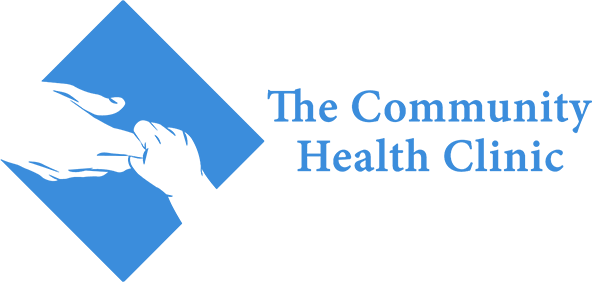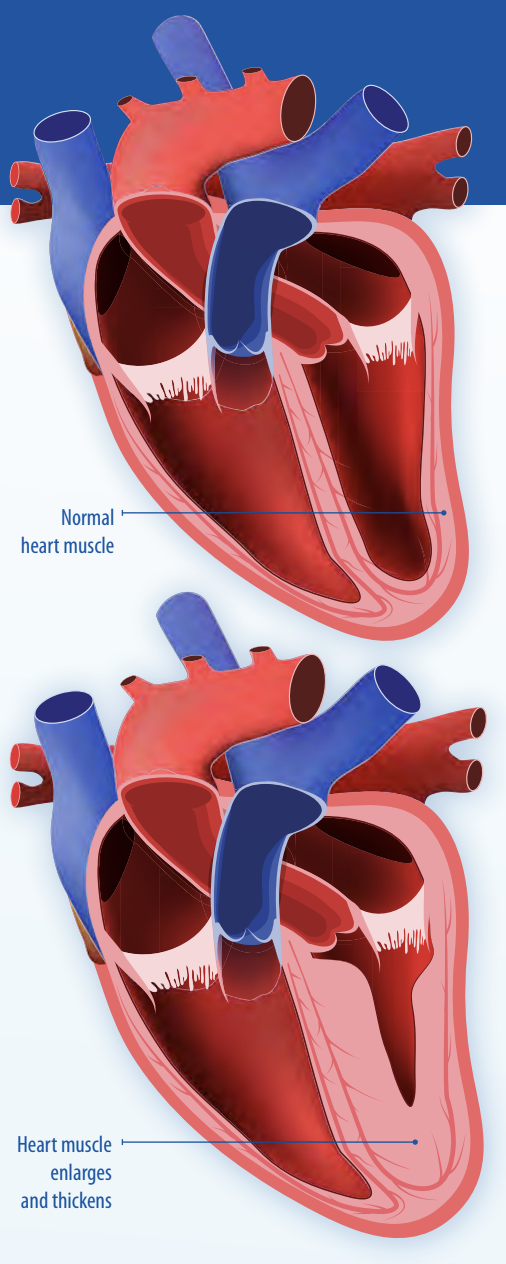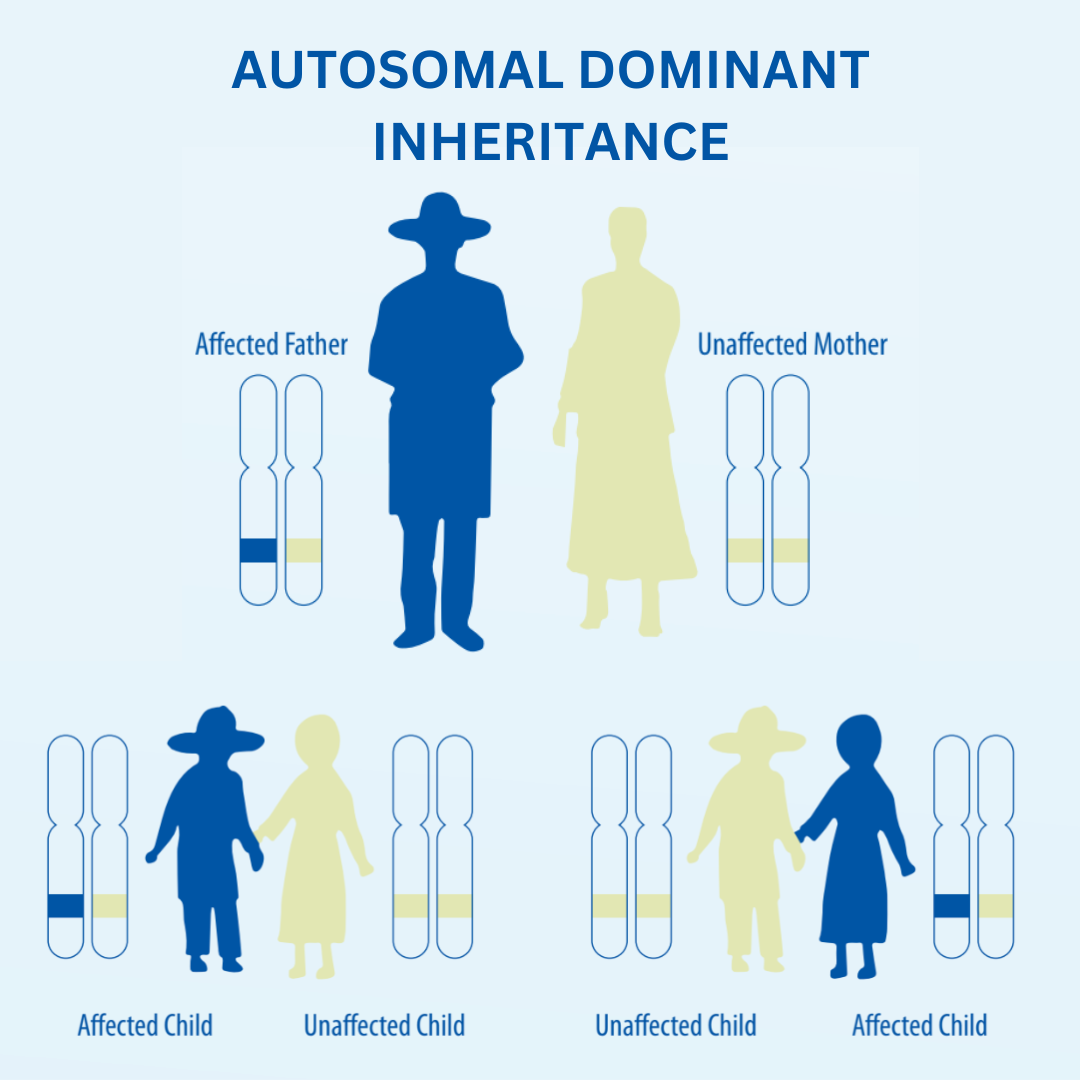FAMILIAL HYPERTROPHIC CARDIOMYOPATHY, TYPE 4 (HCM4)
What is Hypertrophic Cardiomyopathy?
Hypertrophic cardiomyopathy (HCM) is a heart condition characterized by thickening (hypertrophy) of the heart (cardiac) muscle. Thickening usually occurs in the muscular wall that separates the lower left chamber of the heart (the left ventricle) from the lower right chamber (the right ventricle). This can lead to the heart having difficulty pumping blood to the rest of the body and also to abnormal heart rhythms (arrhythmia).
How common is Hypertrophic Cardiomyopathy (HCM)?
HCM is the most common genetic heart disease in the United States and affects at least 1 in 500 people. MYBPC3 gene mutations cause up to 30% of genetic HCM. When HCM is caused by a MYBPC3 gene mutation, it is known as HCM type 4 (HCM4).
What causes HCM4?
A mutation or DNA change in a gene called MYBPC3 causes an abnormally short or altered cardiac MYBP-C protein that does not work as well. This protein plays an important role in the structure of the heart muscle, so when a person inherits one mutated copy of the MYBCP3 gene, he or she is at risk to develop HCM4.
How is HCM4 inherited?
HCM4 is inherited in an autosomal dominant manner. This means that one mutation is needed in one of the two copies of the MYBPC3 gene for a person to be at risk to develop HCM4. A person who has a mutation in one copy of the MYBPC3 gene has a 50% chance to pass that mutation on to any of their children (regardless of whether they are boys or girls or whether the mutation is in Mom or Dad). The siblings of a person with HCM4 also have a 50% chance to have the MYBPC3 mutation.
When two people who both have one MYBCP3 gene mutation have children together, there is a 25% chance with each pregnancy for a child to inherit two MYBCP3 gene mutations (one from each parent). This leads to no working copies of the MYBCP3 gene and very little functioning MYBP-C protein in the heart.
Most babies develop very severe heart disease at a young age (within a few months to a few years after birth). Therefore, we recommend that the spouse of anybody with a known MYBCP3 mutation get testing themselves (even if there is no known family history of heart problems or a MYBCP3 mutation).
What is the treatment for HCM4?
There are no therapies that “cure” HCM4 but there are many treatments that improve symptoms and decrease the risk of complications. These include different types of medications, procedures to correct abnormal heart rhythms, and even heart transplant in very advanced cases. The earlier treatment can be started the better the outcome.
Symptoms of HCM4 are monitored using an echocardiogram (ECHO), which is an ultrasound of the heart. An EKG can also be done to look at the heart’s rhythm.
Who should have genetic testing for HCM4?
Genetic testing is performed to see whether a person has a mutated copy of the MYBCP3 gene. Anyone with a personal and/or family history of the following should consider genetic testing:
Hypertrophic cardiomyopathy (HCM) diagnosed on echocardiogram
Previous genetic testing that is positive for a mutation in the MYBCP3 gene
Heart disease and/or sudden death (especially at a young age –less than 50 years old)
In the setting of a known family history of a MYBCP3 gene mutation, we recommend testing for at-risk relatives by the age of 10-12 years old since this is the age at which cardiac screenings (echocardiogram, EKG) would begin for individuals who have a positive genetic test.


